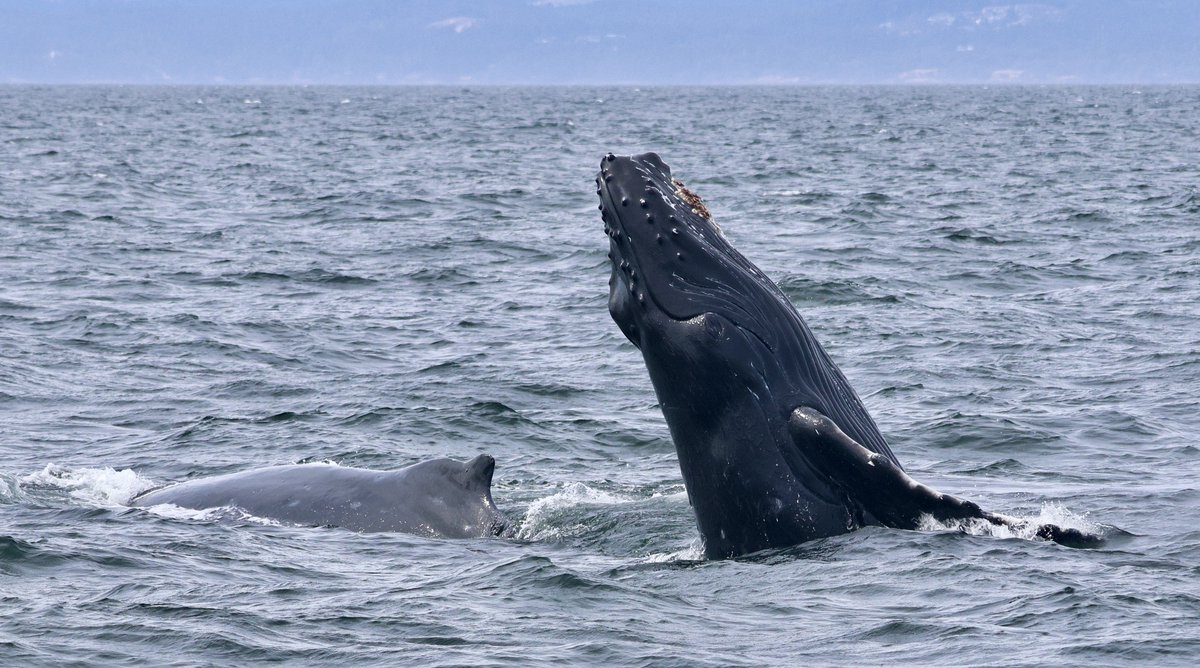
Oceana Canada
@oceanacan
Save the oceans, feed the world. 🐟
Oceana Canada is an independent charity established to restore Canadian oceans to health & abundance
Affiliated with @Oceana
ID: 2667275929
http://www.oceana.ca 21-07-2014 21:47:41
8,8K Tweet
12,12K Followers
3,3K Following


This summer, Canada is continuing to protect North Atlantic right whales from deadly ship strikes. According to Transport Canada all vessels over 13 metres must follow speed limits in key areas, with voluntary slowdowns elsewhere. Learn more: seattletimes.com/nation-world/n…





Happy Hump Day! 🐋 Since the first humpback cow/calf pair of the season arrived in late May, PWWA members have reported at least 9 calves in the Salish Sea so far. This little fellow is "Stromboli", seen breaching beside mom BCX2075 "Olympus". 📷: Rachel Rodell, Puget Sound Express





ICYMI: @Coldplay’s tour is underway in Toronto at Live Nation’s new Rogers Stadium and they’re making it sustainable with free water refill stations and reusable cups. Reuse at this scale keeps thousands of single-use items out of landfills and oceans. 👏👏












